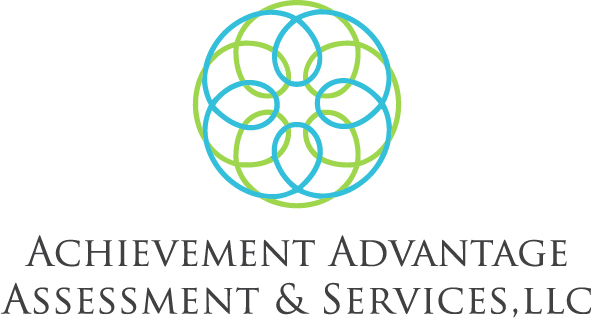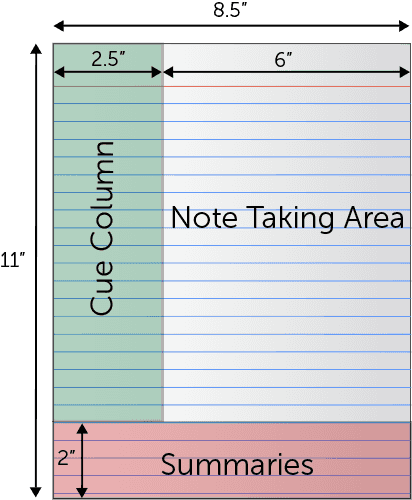Dean Malec received his PhD in Counseling Psychology from Cleveland State University. He trained in various university counseling settings during his doctoral education and completed his internship at Case Western Reserve University’s Health & Counseling Services. He is currently a postdoctoral fellow at Center for Evidence Based Treatment – Ohio, where he is supporting the development of an adherent DBT skills group exclusively for the young adult/college population.
Several months ago, college students experienced a number of sudden changes to their education and social lives, as classes moved to remote delivery and many students sheltered in place away from friends. While many students may have had some exposure to remote courses prior to the pandemic, the coming academic year will bring its own set of challenges and considerations, particularly for those students who will be incoming freshmen this Fall. Some colleges are supporting students returning to campus in-person while others are mandating remote learning; others are providing some combination of each. Given these unique circumstances, it is understandable if students occasionally struggle with adjusting to these new expectations. This blog post will review some considerations for supporting both academic productivity and personal wellness during the upcoming year.
Who among us hasn’t started our day with the best of intentions to work on a paper – only to go on social media for “just a minute”, and then wonder why we’re still staring at a blank Word document several hours later? Because students will be accessing remote courses through computers or phones, will not be in a traditional classroom setting, and may feel isolated from friends, these urges for distraction may only increase this upcoming year! Here are some tips to consider if you are needing some help with staying focused:
Maintain A Consistent Routine
While many students may not have to get dressed or walk to class this Fall, maintaining a daily routine similar to that you may have had with in-person classes will still be important for priming yourself to be alert and engaged. Routines have also been associated with various health benefits (click here to learn more), including stress reduction. Be sure that part of your routine involves regular, balanced eating and sufficient sleep (7-9 hours/night). If you’re struggling to fall or stay asleep, consider adopting some of the following sleep hygiene recommendations (click here to learn more).
Dedicate A Specific Environment for Academics
When possible, try to carve out a specific space in your house, or your bedroom, that will be dedicated for schoolwork. By associating a specific space with schoolwork, you may be better able to focus and stay on task when in this space. Consider the following recommendations for ideal study space qualities (click here to learn more).
Minimize Distractions from Devices
The very same devices that allow us to engage in remote learning and research information for assignments are the very ones that can pull our focus away. While brief breaks are healthy, it can be difficult to stay within those parameters. If you are needing additional help, consider putting your phone on airplane mode during class or when working on an assignment that requires more intense focus. Similarly, consider using the following Google Chrome extension (click here to learn more) which allows you to block your access to distracting websites, while allowing you access to pages relevant to your studies.
Set Up Virtual Study Sessions with Friends
You don’t have to carry all of the weight of your academics on your own! Particularly as students are encouraged to maintain physical distancing, staying socially engaged becomes even more important. Consider working with a friend virtually – set up a consistent time for a Zoom session to work on projects separately, but together. Some data suggests that having an ‘accountability partner’ when working on goals is associated with greater success at achieving these goals (click to learn more).
Take Regular Breaks
While you may have a long list of tasks to complete each day, and are tempted to power through without stopping, taking regular breaks throughout the day is associated with greater levels of productivity and well-being. If you notice yourself feeling rundown and needing more breaks despite not attending class in-person, try not to judge yourself! Recent research has shed light on possible reasons for this increased fatigue when using Zoom frequently (click to learn more).
Use Your College’s Academic Resources
Many colleges have Academic Success offices staffed with people to help students who might be struggling with their coursework. Additionally, if you have been diagnosed with a physical or mental health condition, or suspect that you might have one, you can reach out to your college’s Disability Resources office for additional assistance. They may be able to help you apply for specific accommodations, which will help your academic performance reflect your capabilities.
Practice Self-Compassion
Using all of the above techniques, however, will still not shield you from occasionally falling short of your goals. We are all human! Yet we often criticize ourselves when we do not meet our own expectations. While this might seem counter-intuitive, research has actually shown self-compassion (NOT self-criticism) to be associated with increased motivation and productivity (click to learn more). If you’re needing some help with how to practice self-compassion, Dr. Kristin Neff, one of the leading psychologists in this area, has some helpful practices at her website (click to learn more).
Given the stressful and unpredictable nature of this time, it is normal to be struggling with managing strong emotions. If you are needing additional support, please don’t hesitate to reach out for help. You may contact your college’s counseling center, or a therapy practice in the community, such as CEBTOhio, to speak with a mental health professional. At CEBTOhio, we will be offering a weekly Dialectical Behavior Therapy skills group specifically for young adults and college students. This group teaches a variety of evidence-based skills designed to help people with developing mindfulness, resilience, emotion regulation and interpersonal skills. It meets virtually on Thursdays from 10-11:30am, beginning on September 3. For more information, please call 216.544.1321. Wishing everyone a healthy, successful semester!




